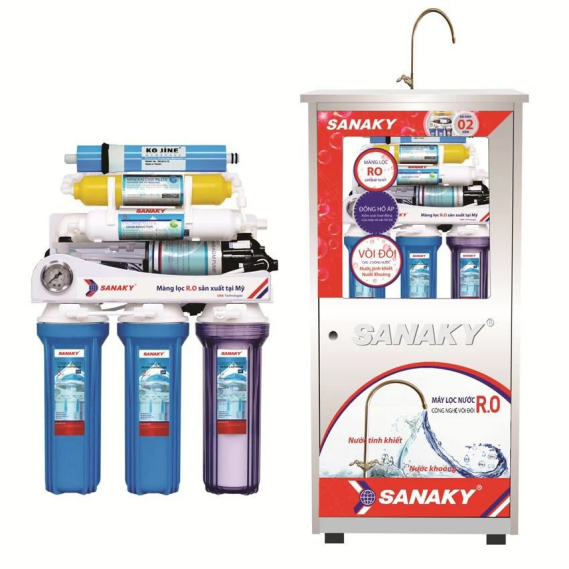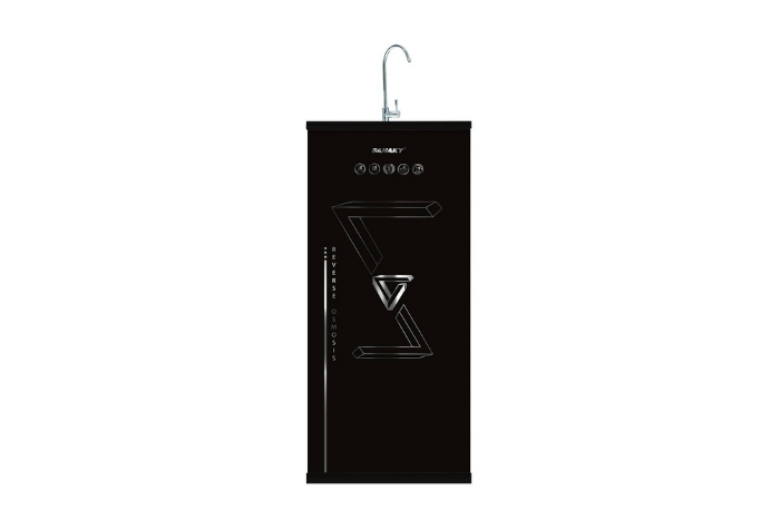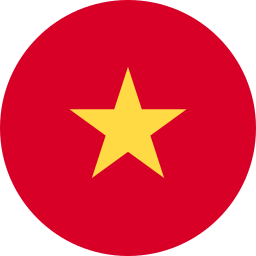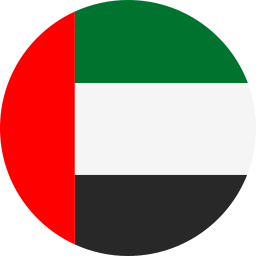Exploring the Booming Water Purifier Market in Vietnam: Trends, Opportunities, and Challenges
The water purifier market in Vietnam has witnessed remarkable growth in recent years, driven by increasing concerns about water quality, rapid urbanization, and rising health consciousness among consumers. With water pollution becoming a pressing issue due to industrialization, agricultural runoff, and inadequate waste management, the demand for reliable water purification solutions has surged. This article delves into the dynamics of Vietnam’s water purifier market, exploring key trends, growth drivers, challenges, and opportunities for businesses and consumers.

The Growing Need for Water Purifiers in Vietnam
Vietnam’s water resources face significant challenges, often described as “too much, too little, too dirty” by the World Bank. The country experiences severe weather conditions, including floods and droughts, which exacerbate water scarcity and contamination. Industrial activities, untreated sewage, and agricultural runoff have polluted rivers, lakes, and groundwater, making access to safe drinking water a critical concern. According to UNICEF, approximately 20% of Vietnam’s rural population lacks access to basic drinking water services, increasing the risk of waterborne diseases like diarrhea, typhoid, and dysentery.
In urban areas, rapid population growth and industrialization have further strained water infrastructure. For instance, in Ho Chi Minh City, the Saigon River, a primary water source, is heavily polluted by wastewater from nearly a thousand factories. This has prompted both households and businesses to invest in water purifiers to ensure safe drinking water. The market has responded with a variety of purification technologies, including reverse osmosis (RO), ultraviolet (UV), ultrafiltration (UF), and hybrid systems, catering to diverse consumer needs.
Market Size and Growth Projections
The Vietnam water purifier market is experiencing robust growth, with projections indicating continued expansion through the next decade. According to industry reports, the market was valued at USD 473.9 million in 2023 and is expected to grow to USD 1,179.2 million by 2032, achieving a compound annual growth rate (CAGR) of 10.7%. This growth is fueled by rising disposable incomes, urbanization, and government initiatives promoting clean water access.
Another report estimates the market at USD 392.54 million in 2023, projecting a CAGR of 12.94% to reach USD 1,050.92 million by 2031. The variation in estimates reflects the dynamic nature of the market, with differences in segmentation and forecasting methodologies. Regardless, the consensus is clear: Vietnam’s water purifier market is one of the fastest-growing in the Asia-Pacific region, driven by both necessity and innovation.

Key Drivers of Market Growth
Several factors are propelling the growth of the water purifier market in Vietnam:
1. Rising Health Awareness
Vietnamese consumers are becoming increasingly aware of the health risks associated with contaminated water. Waterborne diseases cause approximately 9,000 deaths and 250,000 hospital admissions annually, underscoring the urgent need for safe drinking water. This awareness, amplified by the COVID-19 pandemic, has driven demand for purifiers that remove bacteria, viruses, heavy metals, and chemicals.
2. Water Pollution and Scarcity
Industrialization and urbanization have led to severe water pollution. Rivers and groundwater sources are contaminated with industrial effluents, pesticides, and untreated sewage. Additionally, climate change-induced droughts and floods disrupt water supply, pushing consumers toward purification solutions. The lack of adequate water treatment facilities, especially in rural areas, further boosts demand.
3. Technological Advancements
Innovations in water purification technologies have made purifiers more efficient and appealing. RO systems, which dominated the market with a 72.49% share in 2019, are popular for their ability to remove dissolved salts and harmful microorganisms. Newer technologies like nanofiltration, electrochemical filtration, and smart purifiers with real-time monitoring are gaining traction, offering enhanced convenience and effectiveness.
4. Government Initiatives
The Vietnamese government has prioritized clean water access through policies and investments in water infrastructure. Programs like the Results-Based Rural Water Supply and Sanitation Project aim to improve sanitation and reduce environmental pollution. Partnerships with global institutions, such as the World Bank’s USD 50 million water purification project, further support market growth.
5. Urbanization and Rising Incomes
Vietnam’s rapid urbanization, with millions migrating to cities, has increased the demand for clean water in urban households and commercial spaces. Rising disposable incomes and a growing middle class enable more consumers to invest in high-quality purifiers, including premium hydrogen-rich alkaline water generators.
Market Segmentation and Trends
The Vietnam water purifier market is segmented by technology, sales channel, and end user:
- By Technology: RO systems lead due to their cost-effectiveness and superior filtration capabilities. UV and UF systems are also popular, particularly in urban households, while hybrid systems combining multiple technologies are emerging as a premium option.
- By Sales Channel: Retail holds the largest share, driven by the availability of diverse brands and hands-on consumer experiences. Online sales are growing rapidly, with companies leveraging e-commerce platforms and digital marketing to reach tech-savvy consumers.
- By End User: The residential sector dominates, fueled by urban housing growth and health-conscious consumers. The commercial sector, including hotels, restaurants, and offices, is also expanding due to stringent water safety regulations and tourism-driven demand.
A notable trend is the rise of high-end purifiers that produce “health water,” such as hydrogen-rich alkaline water. These premium products, though expensive, are gaining popularity among health-conscious consumers willing to invest in long-term wellness.
Challenges Facing the Market
Despite its growth, the water purifier market in Vietnam faces several challenges:
- High Initial Costs: Advanced purifiers with features like smart connectivity and real-time monitoring are expensive, limiting adoption in low-income and rural areas. Regular maintenance, such as filter replacements, adds to the cost.
- Lack of Awareness in Rural Areas: While urban consumers are well-informed, rural populations often lack knowledge about the importance of water purification, hindering market penetration.
- Environmental Concerns: Technologies like RO systems waste significant amounts of water, raising sustainability concerns. Manufacturers are responding with eco-friendly designs, but adoption remains limited.
- Counterfeit Products and Competition: With over 400 domestic and foreign brands in Vietnam, competition is fierce. Counterfeit products and low-quality imports pose risks to consumer trust and market growth.
Opportunities for Businesses
The Vietnam water purifier market offers lucrative opportunities for both local and foreign investors. Companies like Coway, Mitsubishi Chemical Cleansui, and Mutosi Group have capitalized on the growing demand through innovative products and strategic expansions. For instance, Mutosi secured a USD 10 million investment to enhance R&D and distribution, while Coway introduced rental services to make purifiers more accessible.
Key opportunities include:
- Innovation in Filter Technologies: Developing affordable, eco-friendly purifiers with advanced features like nanofiltration and smart connectivity can attract a broader consumer base.
- Targeting Rural Markets: Educating rural consumers and offering low-cost, durable purifiers can unlock significant growth potential.
- Leveraging E-commerce: Expanding online presence through targeted digital marketing and partnerships with e-commerce platforms can reach younger, urban consumers.
- Sustainability Focus: Eco-friendly purifiers with reduced water wastage and energy-efficient designs align with growing environmental consciousness.
Conclusion
The Vietnam water purifier market is poised for substantial growth, driven by rising health awareness, water pollution concerns, and technological advancements. While challenges like high costs and rural awareness gaps persist, the market’s potential remains immense. Businesses that innovate, prioritize sustainability, and tailor solutions to diverse consumer needs can thrive in this competitive landscape. As Vietnam continues to urbanize and prioritize public health, water purifiers will remain a cornerstone of safe, healthy living, offering both consumers and investors a promising future.
--------------------------------------------------------------------------------------------------------------
SANAKY VIETNAM., CO LTD - Manufacturer of Chest Freezer - Upright Cooler, Transformer, RO Water Purifier...
? Website: www.sanaky-vn.com
☎ Hotline: (+84) 986123903
 Vietnamese
Vietnamese  English
English  Chinese
Chinese  French
French  Spanish
Spanish  Russian
Russian  Arabic
Arabic  Portuguese
Portuguese